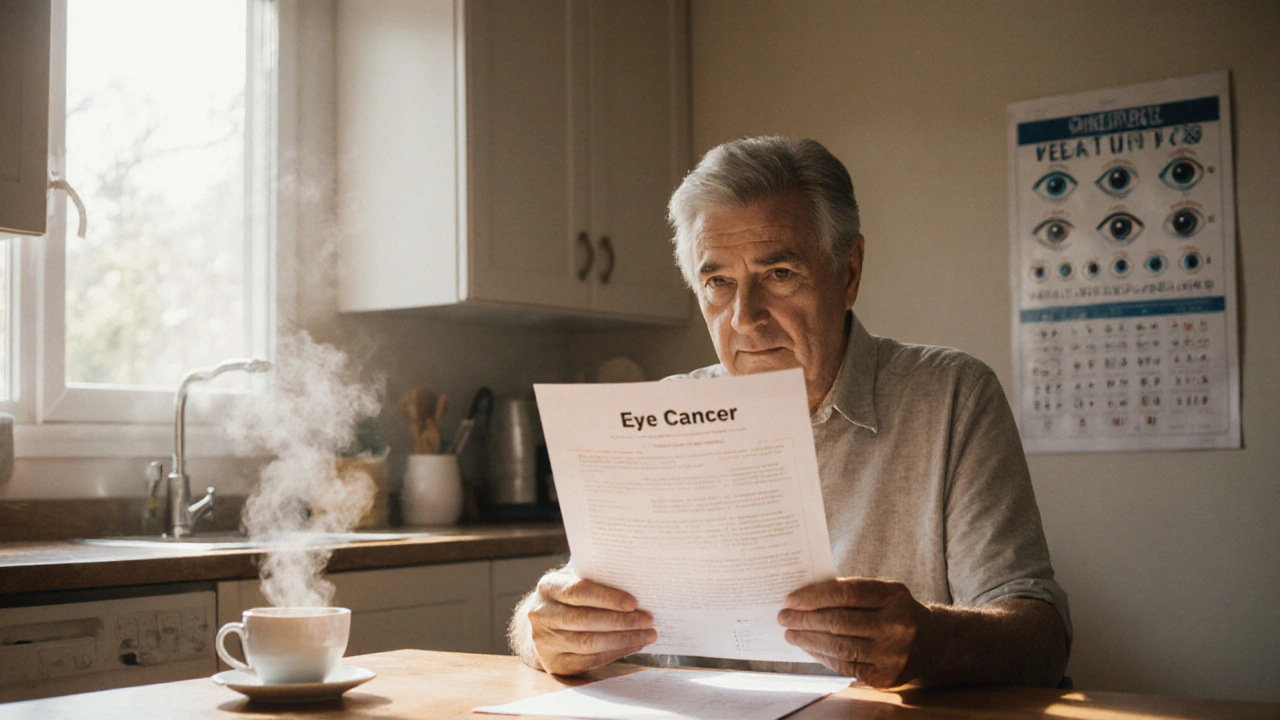Retinoblastoma: Causes, Treatment, and What You Need to Know
When a child’s eye doesn’t develop properly, retinoblastoma, a rare but serious cancer that begins in the retina of the eye. Also known as RB, it’s the most common type of eye cancer in children, usually diagnosed before age 5. Most cases happen because of a mutation in the RB1 gene, a tumor suppressor gene that normally stops cells from growing too fast. If this gene is broken, retinal cells can multiply out of control and form tumors. About 40% of cases are inherited — meaning the mutation comes from a parent — and the rest happen randomly during early development.
Retinoblastoma doesn’t always show obvious symptoms, which is why early detection matters. Parents might notice a white glow in the pupil when taking photos (called leukocoria), crossed eyes, or redness and swelling in one eye. In advanced cases, the eye may look cloudy or the child might complain of vision problems. pediatric oncology, the medical field focused on treating cancer in children. has made huge progress in saving vision and lives — over 95% of kids in high-income countries survive if treated early. But without quick action, the cancer can spread to the brain or other parts of the body.
Treatment depends on how far the cancer has spread. For small tumors, doctors might use laser therapy, freezing (cryotherapy), or targeted chemotherapy delivered directly to the eye. Larger tumors may need radiation or even removal of the eye (enucleation) to save the child’s life. Genetic testing is now standard — if one child has retinoblastoma, siblings and future children should be screened. Families with a known RB1 mutation often start eye exams before the baby is even a month old.
What you won’t find in every doctor’s office is the full picture of what life looks like after treatment. Some kids lose vision in one eye but adapt perfectly. Others need ongoing monitoring for years because the same gene mutation raises their risk of other cancers later in life — like bone or soft tissue tumors. Support groups and early intervention services help families cope with the emotional and practical side of this diagnosis.
The posts below give you real, practical insights into how retinoblastoma is managed today — from the latest drug trials to how families navigate diagnosis, treatment, and long-term care. You’ll find stories about genetic testing, treatment outcomes, and what works when standard options aren’t enough. This isn’t theoretical. These are the details that matter when a child’s sight — and life — is on the line.
Understanding Eye Cancer and How Positive Thinking Helps
Learn what eye cancer is, its main types, and how a positive mindset can improve treatment outcomes and quality of life.
